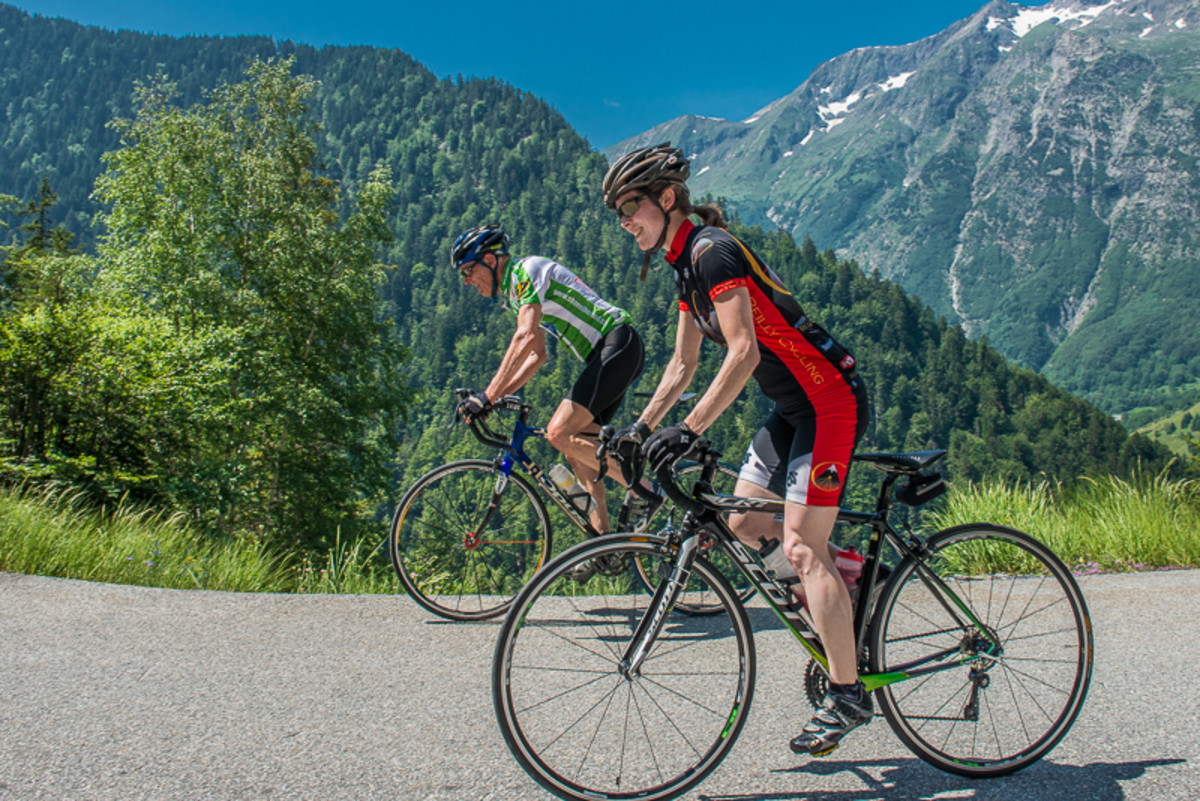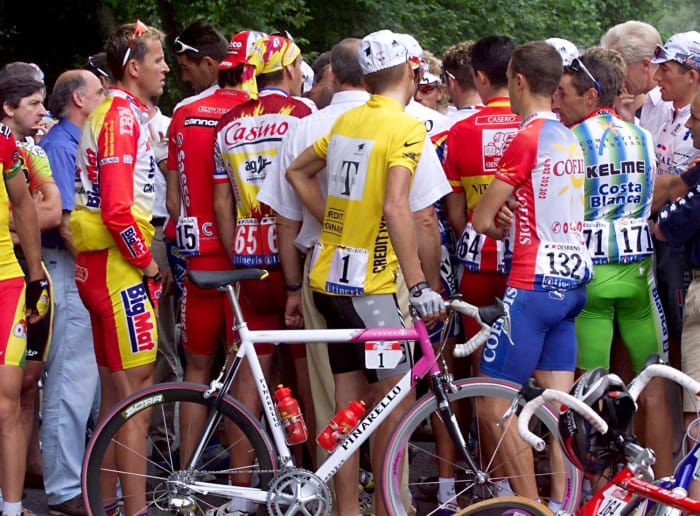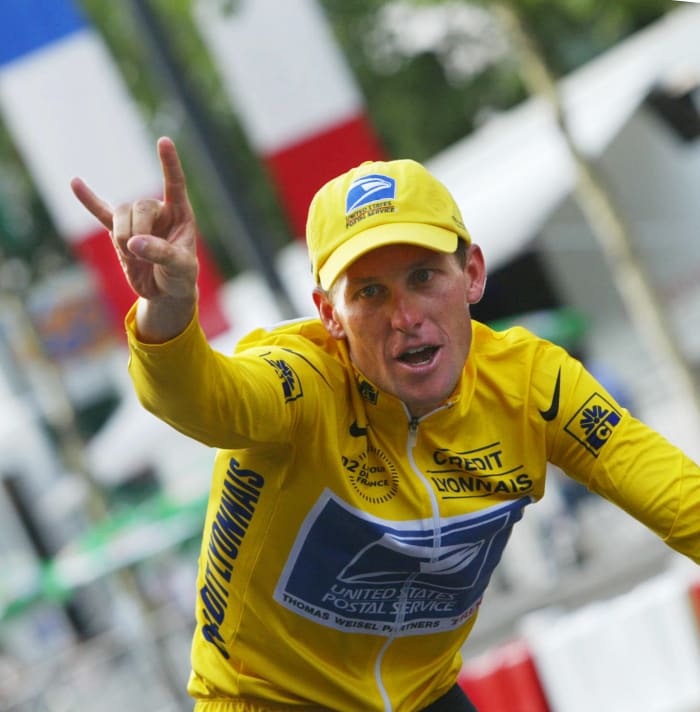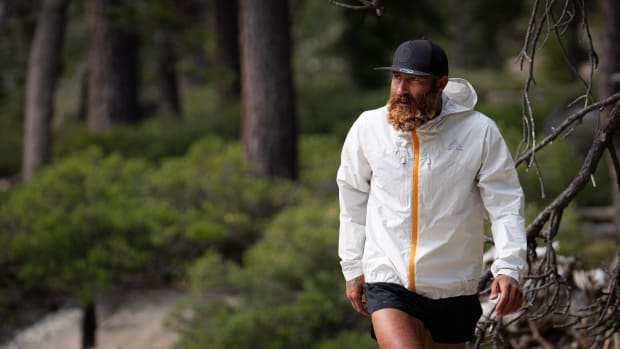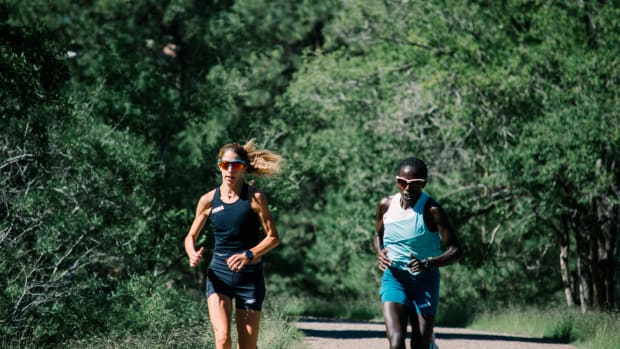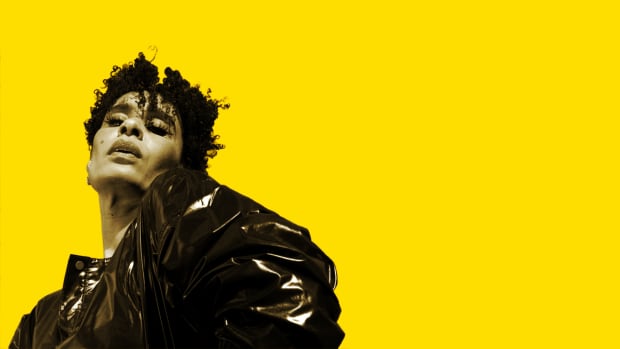Tour de France: Riding Like the Pros with Reilly Cycling Tours
Hours ahead of the caravan of cars and motorcycles on the course and helicopters up above, throngs of excited Tour de France fans line the side of the road awaiting the peloton to race by on Alpe d’Huez. When the cyclists start to appear, the crowd roars with enthusiastic cheers, but the group taking on the challenging French Alps’ terrain during stage 18 isn’t made up of Tour de France cyclists. This group is a small pack of amateur riders from a wide spectrum of backgrounds: garbage men, podiatrists, teachers, flutists, police detectives and yoga instructors, all ranging in age from 35 to 70 years old, all part of a historical cycling trip.
Cycling vacations—especially those scheduled during the Tour de France—are increasingly popular, but FintanMcCormac, one of the chief organizers from New Jersey-based Reilly Cycling Tours, says his company is a modest mom-and-pop shop compared to the other “Walmarts” in the industry. The Alpine stages trip travels to France during the height of the Tour and can only accommodate up to 16 riders, plus eight staff members. “We give individual attention—there’s a guide for every two people in our trip,” says McCormac.
Steve Widder, a 70-year-old retired parks and recreation department worker, remembers watching the Tour de France on television in the 1980s as a recreational cyclist and dreaming of seeing the mountains in person. He’s traveled with Reilly Cycling Tours to France nine times.
Reilly Cycling at the Tour de France
“We stay in a chalet right next to Alpe d’Huez and get to ride and see some of the most iconic climbs,” Widder says. “The first impression [of the professional riders] is just how fast they are—they go up the mountain 3 to 4 times the speed that we do. Their ability to accelerate in a shortened burst is remarkable. We’re just lucky to maintain our pace.”
Widder says witnessing the speed of the Tour de France riders in person is incomparable to watching the competition on television. McCormac estimates that while his riders may complete the climb at about 6 mph with an all out effort, the Tour cyclists swiftly pass by at 16 to 20 mph. But for ordinary folk or extraordinary athlete, the distress and determination to push through the pain on the course is still evident.
The Tour de France Through the Years
"We’re riding the same exact course,” McCormac says. “After we finish riding, we can watch 40 minutes of riders passing through, and everybody is suffering in the same way we did.”
While many riders and spectators regard the climb as the toughest part of the course, 66-year-old Nancy Cattabiani believes that the descent is where the gap between amateur and professional riders is most apparent. During her time on two of Reilly Cycling Tour’s trips, Cattabiani remembers the cautions from McCormac and the other guides about the perilous the steep downward climbs.
“They warned us and said ‘We don’t have a rubber band on you if you go over,” she says. “You can’t understand how dangerous the descent down the mountains is until you are there. These guys go down at 40 mph—to me, that’s when you realize the difference in talent.”
McCormac says it’s a big leap of faith to go on the Tour de France trip because it’s not only a physical challenge but also an emotional experience. After his group finishes its ride and watches the best cyclists race on the greatest bike course in the world, he says there are always a lot of teary eyes. Widder remembers the feeling.
“We aren’t going to get into Yankee Stadium or Wimbledon, but we can be on the same climbs as the tour riders which is just amazing,” Widder says. “We have the dreams and they make it possible.”
